| Book Code : | 105 |
|---|---|
| Subject Code : | 7110/0452 |
| Author : | M. Nauman Malik |
| Language : | English |
| Publishers : | Read and Write Publications |
Description
105 Accounting O Level Theory and Practice | Read & Write Publications.
TABLE OF CONTENTS
PREFACE
(105 Accounting O Level Theory and Practice)
CHAPTER 1A BOOKKEEPING AND ACCOUNTING
1A.1 BRANCHES OF ACCOUNTING
1 A.2 ACCOUNTING EQUATION
1A.2.1 Assets
1A.2.2 Liabilities
1A.2.3 Equity
1A.2.4 Drawings
1A.2.5 Treatment of transactions relating to owners
1A.2.6 The Dual Aspect Concept and the Accounting Equation
1A.3 TRANSACTION
1A.3.1 Cash Transactions
1A.3.2 Credit Transactions
1A.4 STATEMENT OF FINANCIAL POSITION
1A.4.1 Statement of Financial Position (Horizontal Style)
1A.4.2 Statement of Financial Position (Vertical Style)
REVIEW QUESTIONS
CHAPTER 1B ACCOUNTING FOR ASSETS, LIABILITIES AND CAPITAL
1B.1 EVOLUTION OF BOOK KEEPING
1B.2 ACCOUNT
1B.3 ”T” ACCOUNT
1B.4 RULES OF DEBIT AND CREDIT
1B.5 THREE-COLUMN LEDGER ACCOUNT (RUNNING BALANCE METHOD)
1B.6 LEDGER
1B.7 DOUBLE-ENTRY RELATING TO ASSETS AND LIABILITIES
1B.7.1 EXAMPLE
1B.8 BALANCING OF AN ACCOUNT
1B.8.1 When should accounts be balanced?
1B.9 TRIAL BALANCE
1B.9.1 Uses of a Trial Balance
1B.9.2 Why is it Necessary for a Trial Balance to ‘Balance’?
1B.9.3 Trial Balance – An aid to Financial Statements
1B.10 HOW CAN LEDGER ACCOUNTS BE KEPT DIGITALLY?
REVIEW QUESTIONS
CHAPTER 1C ACCOUNTING FOR GOODS
1C.1 INVENTORY OF GOODS
1C.2 BOOKKEEPING FOR INVENTORY OF GOODS
1C.3 WHY INVENTORY ACCOUNT DOES NOT INCLUDE PURCHASES AND SALES OF GOODS
1C.4 PURCHASES
1C.4.1 Cash Purchases
1C.4.2 Credit Purchases
1C.5 SALES
1C.5.1 Cash Sales
1C.5.2 Credit Sales
1C.6 PURCHASES RETURNS (RETURN OUTWARDS)
1C.7 SALES RETURNS (RETURNS INWARDS)
1C.8 TRADING SECTION OF INCOME STATEMENT
1C.9 CLOSING OF INCOMES AND EXPENSES
1C.10 CLOSING INVENTORY
1C.11 OPENING INVENTORY
REVIEW QUESTIONS
CHAPTER 1D ACCOUNTING FOR INCOMES AND EXPENSES
1D.1 INCOMES
1D.2 EXPENSES
1D.3 DOUBLE-ENTRY FOR EXPENSES AND INCOMES (REVENUES)
1D.4 BOOKKEEPING FOR INCOMES AND EXPENSES
1D.5 CALCULATION OF NET PROFIT
1D.6 CLOSING OF INCOMES AND EXPENSES
REVIEW QUESTIONS
CHAPTER 2 BOOKS OF PRIME ENTRY
2.1 ADVANTAGES OF MAINTAINING BOOKS OF ORIGINAL ENTRY
2.2 COMPONENTS OF BOOKS OF ORIGINAL ENTRY
2.3 SALES JOURNAL
2.3.1 Posting from the Sales Journal to the Ledger
2.3.2 Trade Discount
2.3.3 Sales on Credit Card
2.4 PURCHASES JOURNAL
2.4.1 Posting from the Purchases Journal to the Ledger
2.5 RETURN INWARDS JOURNAL
2.5.1 Posting from the Returns Inwards Journal to the Ledger
2.6 RETURN OUTWARDS JOURNAL
2.6.1 Posting from the Returns Outwards Journal to the Ledger
2.7 GENERAL JOURNAL
2.8 CASH BOOK
2.9 PERSONAL LEDGERS
2.10 GENERAL LEDGER
REVIEW QUESTIONS
CHAPTER 3 CASH BOOK & PERRT CASH BOOK
3.1 TWO-COLUMN CASH BOOK
3.2 FOLIO COLUMNS
3.3 DISHONOURED CHEQUES
3.4 CONTRA ENTRIES
3.5 BALANCING OF CASH AND BANK COLUMNS
3.6 CASH DISCOUNTS
3.6.1 Why are cash discounts offered?
3.7 THREE-COLUMN CASH BOOK
3.8 NATURE OF DISCOUNTS COLUMNS
3.9 CASH BOOK IN RECENT TIMES
3.10 PETTY CASH
3.11 PETTY CASH BOOK
3.12 IMPREST SYSTEM
3.12.1 Advantages Of the imprest system
3.13 HOW T OAPPLY THE IMPREST SYSTEM
3.14 THE BENEFITS AND LIMITATIONS OF KEEPING CASH AT THE BUSINESS PROPERTY
REVIEW QUESTIONS
CHAPTER 4 BANK RECONCILIATION
4.1 DIFFERENCE BETWEEN BANK STATEMENT AND CASH BOOK
4.2 REASONS FOR DIFFERENCE BETWEEN CASH BOOK AND BANK STATEMENT BALANCE
4.2.1 Items in the Bank Statement but not in the Cash Book
4.2.2 Items in the Cash Book but not in the Bank Statement
4.3 BANK RECONCILIATION STATEMENT
4.4 STEPS FOR PREPARING A BANK RECONCILIATION STATEMENT
4.5 USES OF BANK RECONCILIATION STATEMENT
4.6 IMPACT OF DIGITAL TRANSACTIONS ON BANK RECONCILIATION
REVIEW QUESTIONS
CHAPTER 5 ACCOUNTING FOR NON-CURRENT ASSET
5.1 DEPRECIATION
5.2 CAUSES FOR DEPRECIATION
5.3 FACTORS FOR CALCULATING DEPRECIATION
5.3.1 The Original Cost of Asset
5.3.2 The Estimated Useful Economic Life
5.3.3 The Approximate Residual Value
5.4 CHARACTERISTICS OF DEPRECIATION
5.5 METHODS FOR CALCULATING DEPRECIATION
5.5.1 Revaluation Method
5.5.2 Straight Line Method or Original Cost Method
5.5.3 Reducing Balance Method
5.6 ANNUAL DEPRECIATION UNDER REDUCING BALANCE & STRAIGHT LINE METHODS
5.7 DISTINCTIVE FEATURES OF STRAIGHT LINE AND REDUCING BALANCE METHOD
5.8 DIFFERENCE BETWEEN DEPRECIATION AND PROVISION FOR DEPRECIATION
5.9 DEPRECIATION POLICIES
5.10 DEPRECIATION ACCOUNTING
5.11 DEPRECIATION AND ACCOUNTING CONCEPTS
REVIEW QUESTIONS
CHAPTER 7 INVENTORY VALUATION
7.1 COST
7.2 NET REALISABLE VALUE
7.3 BASIS FOR INVENTORY VALUATION
7.4 INVENTORY VALUATION AND ACCOUNTING CONCEPTS
7.5 SEPARATE VALUATION OF INVENTORY ITEMS
7.6 EFFECTS OF ERRORS IN VALUING INVENTORY
REVIEW QUESTIONS
CHAPTER 8 CAPITAL AND REVENUE EXPENDITURE AND RECEIPTS
8.1 TREATMENT OF CAPITAL AND REVENUE ITEMS IN FINANCIAL STATEMENT
8.2 DISTINCTION BETWEEN CAPITAL AND REVENUE EXPENDITURES
8.2.1 Expenditures for Acquisition of a Non-current asset
8.2.2 Expenditures for Improving Efficiency /Capacity of a Non-current asset
8.2.3 Expenditure at the Initiation of Business
8.2.4 Expenditure on Extension of Business
8.2.5 Expenditures to Increase the Useful Life of an Asset
8.2.6 Expenditures of Abnormal Amounts
8.3 APPLICATION OF MATERIALITY CONCEPT
8.4 DIFFERENCE BETWEEN CAPITAL AND REVENUE RECEIPTS
8.4.1 Revenue Receipts
8.4.2 Capital Receipts
8.5 EFFECTS OF WRONG TREATMENT OF CAPITAL AND REVENUE ITEMS
REVIEW QUESTIONS
CHAPTER 9 CORRECTION OF ERRORS
9.1 TYPES OF ERRORS
9.1.1 Errors Not Affecting Agreement of Trial Balance
9.1.2 Errors Affecting Agreement of Trial Balance
9.2 SUSPENSE ACCOUNT
9.3 EFFECT ON PROFIT OF CORRECTING ERRORS
9.4 EFFECTS ON STATEMENT OF FINANCIAL POSITION OF CORRECTING ERRORS
REVIEW QUESTIONS
CHAPTER 10 CONTROL ACCOUNTS
10.1 CONTROL ACCOUNTS IN CAMBRIDGE ORDINARY LEVEL SYLLABUS
10.2 THE FORMAT OF CONTROL ACCOUNTS
10.3 BOOKS OF PRIME ENTRY AS SOURCES OF CONTROL ACCOUNTS ENTERIES
10.4 CONTRA ENTRY
10.5 TWO BALANCES OF CONTROL ACCOUNTS
10.5.1 Reasons for Having Two Balances of a Control Account
10.5.2 Treatment of Two Balances in the Statement of Financial Position
10.6 BENEFITS OF OFFERING CASH DISCOUNTS
10.7 EFFECTS OF CHARGING INTEREST ON OVERDUE BALANCES OF CUSTOMERS
10.8 ADVANTAGES OR USES OF CONTROL ACCOUNTS
10.9 IMPACT OF DIGITAL ACCOUNTING ONN CONTROL ACCOUNTS
REVIEW QUESTIONS
CHAPTER 11 OTHER PAYABLES AND OTHER RECEIVABLES
11.1 Matching Costs and Revenues
11.2 Accruals
11.2.1 Accrued Expenses (Other Payables)
11.2.2 Accrued Incomes (Other Receivables)
11.3Prewvyments
11.3.1 Prepaid Expenses [Other Receivables)
11.3.2 Pre-received Incomes/Incomes in Advance
11.4 Treatment of Opening Accruals or preravments
11.5 Application of Matching Concept by Using Accruals and Prepayments
REVIEW QUESTIONS
CHAPTER 12 SOLE TRADERS
12.1 SOLE TRADER
12.1.1 Advantages of Operating as a Sole Trader
12.1.2 Disadvantages of Operating as a Sole Trader
12.2 Need for Statement of profit or loss
12.3 Uses of statement of profit or loss
12.4 Carriage Inwards
12.5 Carriage Outwards
12.6 Financial Statements – An important consideration
12.7 Accounting Period
12.8 Drawings
12.9 Assets
12.9.1 Non-Current Assets
12.9.2 Current Assets
12.10 LIABILITIES
12.10.1 Current Liabilities
12.10.2 Non-Current Liabilities
12.11 Cash and Accrual Basis of Accounting
12.12 Need for Adjustments
12.13 Types of Adjustments
12.13.1 Inventory at Year-End
12.13.2 Closing Inventory in Trial Balance
12.13.3 Drawings by Owner
12.13.4 Other Receivables and Payables
12.13.5 Depreciation
12.13.6 Irrecoverable debts
12.13.7 Allowance for irrecoverable debts
12.14 The Versatility of Sole Trader Businesses
12.15 Calculation of Profits for Service Businesses
12.16 Calculation of Profits for a Trading and a Service Business
REVIEW QUESTIONS
CHAPTER 13 PARTNERSHIPS
13.1 The Versatility of Partnerships
13.2 Advantages and Disadvantages of the Partnership
13.3 Partnership Agreement
13.3.1 Contents of Partnership Agreement
13.4 Provision of Partnership Act 1890 in the Absence of Partnership Deed
13.5 Financial Statements of a Partnership
13.5.1 Appropriations of Profit
13.5.2 Statement of Financial Position of Partnership
13.6 Accounting Records for Partners
13.6.1 Partners’Capital Accounts
13.6.2 Benefits (Uses) of Having Separate Capita I Accounts
13.6.3 Benefits (Uses) of Having Separate Current Accounts
13.6.4 Reasons for Keeping Separate Partners’ Capital and Current Account
13.6.5 Drawings Accounts
13.7 Partners’ Loan Account
13.7.1 Reasons for Partners’ loans in addition to Capital Accounts
13.8 Interest on Capital
13.9 Interest on Drawings
REVIEW QUESTIONS
CHAPTER 14 LIMITED COMPANIES
14.1 The Need for Companies
14.2 The Versatility of Limited Companies
14.3 Advantages and Disadvantages of Forming a Limited Company
14.3.1 Advantages of a Company
14.3.2 Disadvantages of Forming a Limited Company
14.4 Sources of Finance for a Commny
14.5 Types of Shares
14.5.1 Ordinary Shares
14.5.2 Preference Shares
14.6 Debentures
14.7 Share Capital
14.8 Financial Statements of Limited Companies
14.9 Distribution of Profits
14.9.1 Ordinary Dividend
14.9.2 Transfer to General Reserve
14.9.3 Retained Profits
14.10 Statementof Changes in Equity
14.11 Statementof Financial Position
14.12 A Comparison of Financial Statements of Business Organisations
REVIEW QUESTIONS
CHAPTER 15 INCOMPLETE RECORDS
15.1 The Reasons for Incomplete Records
15.2 Need for Premring Financial Statements from Incomplete Records
15.3 Calculating Profits and Losses from Changes in Capital/Net Assets
15.3.1 Statement of Affairs
15.3.2 Statement to Calculate Profit or Loss
15.4 Preparation of Financial Statements from Incomplete Records
15.4.1 Calculation of Opening Capital through Statement of Affairs
15.4.2 Preparation of Cash/Bank Account
15.4.3 Calculation of Total Sales
15.4.4 Calculation of Total Purchases
15.5 Mark-Up and Margin
15.5.1 Use of Mark up and Margin to Calculate Missing Items in Trading Section
15.5.2 Conversion of Mark-up into Margin
15.5.3 Conversion of Margin into Mark-up
15.6 Calculation of Incomes/Expenses to be shown in Statement of Profitor Loss
15.7 Calculation of Depreciation
15.8 Premring Statement of Financial Position from Incomplete Records
15.9 Advantages of Accounts Prepared from Incomplete Records
15.10 Disadvantages or Defects of Accounts Prepared from Incomplete Records
REVIEW QUESTIONS
CHAPTER 16 CLUBS AND SOCIETIES
16.1 Comparison between Profit and Non-Profit Making Organisations
16.2 Incomes and Expenses of Clubs and Societies
16.2.1 Incomes of Clubs and Societies
16.2.2 Expenses of Clubs and Societies
16.3 Some Peculiar Terms of Clubs and Societies
16.3.1 Life Subscription
16.3.2 Legacy
16.3.3 Gift
16.3.4 Grants and Donations
16.4 Accounting by clubs and Societies
16.4.1 Receipts and Payments Account
16.4.2 Income and Expenditure Account
16.4.3 Differences between Receipts and Payment A/c & Income and Expenditure A/c
16.4.4 Trading Account
16.4.5 Income and Expenses on Same Head
16.5 Calculation of Incomes/Expenses to be shown in Statement of Profitor Loss
16.5.1 Accounting for Subscriptions
16.6 Preparation of Financial Statements
REVIEW QUESTIONS
CHAPTER 17 MANUFACTURING ACCOUNTS
17.1 Direct Costs (Prime Cost)
17.1.1 Raw Materials Cost
17.1.2 Direct Labour Cost
17.1.3 Other Direct expenses
17.2Indirect Costs (Factory Overheads)
17.3 Purpose of Manufacturing Accounts
17.4 Statement of Profit or Loss
17.5 Statement of Financial Position
REVIEW QUESTIONS
CHAPTER 18 ACCOUNTING RATIOS
18.1 Accounting Ratios
18.2 Analysis of Ratios
18.2.1 Comparing one year with another (Trend or Time Series Analysis)
18.2.2 Comparing One Business with another Business (Inter-firm Comparison)
18.3 Demonstration of ratios
18.4 Profitability Ratios
18.4.1 Gross Profit Margin
18.4.2 Profit Margin
18.4.3 Return on Capital Employed (ROCE)
18.5 Liquidity Ratios
18.5.1 Current Ratio
18.5.2 Acid Test (Liquid) Ratio
18.6 Efficiency Ratios
18.6.1 Rate of Inventory Turnover
18.6.2 Trade Receivables’Turnover (days)
18.6.3 Trade payables’Turnover (days)
18.7 The Difference between Cash and Profit
18.8 Factors affecting the ratios of Two Businesses
18.9 Problems of Inter-firm Comparison
REVIEW QUESTIONS
CHAPTER 19 INTERESTED PARTIES
19.1 Owners
19.2 Managers
19.3 Employees
19.4 Bank
19.5 Investors and lenders
19.6 Suppliers
19.7 Customers
19.8 Government/Tax authorities
19.9 Club members
19.10 Public
19.11 Environmental bodies
REVIEW QUESTIONS
CHAPTER 20 LIMITATIONS OF ACCOUNTING STATEMENTS
20.1 Historical Cost
20.1.1Over/Understatement of Assets
20.1.2 Inaccurate representation
20.1.3 Inflation and Currency Fluctuations
20.2 Application of Accounting Policies
20.2.1 Subjectivity
20.2.2 Estimates and Judgments
20.2.3 Manipulation Risk
20.2.4 Lack of Comparability
20.2.5 Inconsistencies
20.3 Non-Financial Aspects
20.3.1 Intangible Assets
20.3.2 External Factors
20.3.3 Sustainability and Social Impact
20.3.4 Incomplete Picture
REVIEW QUESTIONS
CHAPTER 21 ACCOUNTING CONCEPTS
21.1 Conventions and Concepts – An Implication
21.2 Business entity Concept
21.3 Consistency Concept
21.4 Duality Concept
21.5 Going Concern Concept
21.6 Historic Cost Concept
21.7 Materiality Concept
21.8 Money Measurement Concept
21.9 Prudence Concept
21.10 Realisation Concept
21.11 Accrual Concept
21.12 Matching Concept
21.13 Realisation, Accrual and Matching Concepts Compared
REVIEW QUESTIONS
CHAPTER 22 ETHICAL CONSIDERATIONS
22.1 Ethics Relating to the Practice of Accounting
22.2 Professional Ethics
22.3 What is Ethical?
22.4 Fundamental Ethical Principles
22.4.1 Integrity
22.4.2 Objectivity and Independence
22.4.3 Professional Competence and Due Care
22.4.4 Confidentiality
22.4.5 Professional Behaviour
22.5 The Problems of Poor ethics in accounting
22.6 Impact of ethical behaviour on stakeholders
22.7 Impact of ethical behaviour on society
22.8 Ethical Conflict
REVIEW QUESTIONS
CHAPTER 23 TECHNOLOGY AND SUSTAINABILITY
23.1 The use of digital applications for accounting records
23.1.1 Digital Applications
23.1.2 Benefits of Digital Accounting
23.2 What is Accou nting Data?
23.2.1 Why is Accounting Data Important?
23.3 WHY STORE ACCOU NTING DATA SAFELY AND SUSTAINABLY?
23.4 Risks of Not Storing Accounting Data Safely
23.5 Risks of Not Storing Accounting Data Sustainably
23.6 Types of Storage Systems
23.6.1 Manual Storage Systems
23.6.2 Data Storage Devices
23.6.3 Cloud Storage Services
23.6.4 Other Digital Services
REVIEW QUESTIONS
SOLUTION TO ODD-NUMBERED QUESTIONS
CHAPTER 1A—–317
CHAPTER IB—–318
CHAPTER 1C—–322
CHAPTER ID—–325
CHAPTER 2—–327
CHAPTER 3—–331
CHAPTER 4—–332
CHAPTER 5—–334
CHAPTER 6—-339
CHAPTER 7—–342
CHAPTER 8—–343
CHAPTER 9—–344
CHAPTER 10—–347
CHAPTER 11—–350
CHAPTER 12—–350
CHAPTER 13—–357
CHAPTER 14—–361
CHAPTER 15—–364
CHAPTER 16—–367
CHAPTER 17—–371
CHAPTER 18—–374
CHAPTER 19—–379
CHAPTER 20—–379
CHAPTER 21—–380
CHAPTER 22—–380
CHAPTER 23—–381
KEY TO EVEN-NUMBERED QUESTIONS INDEX
You must be logged in to post a review.

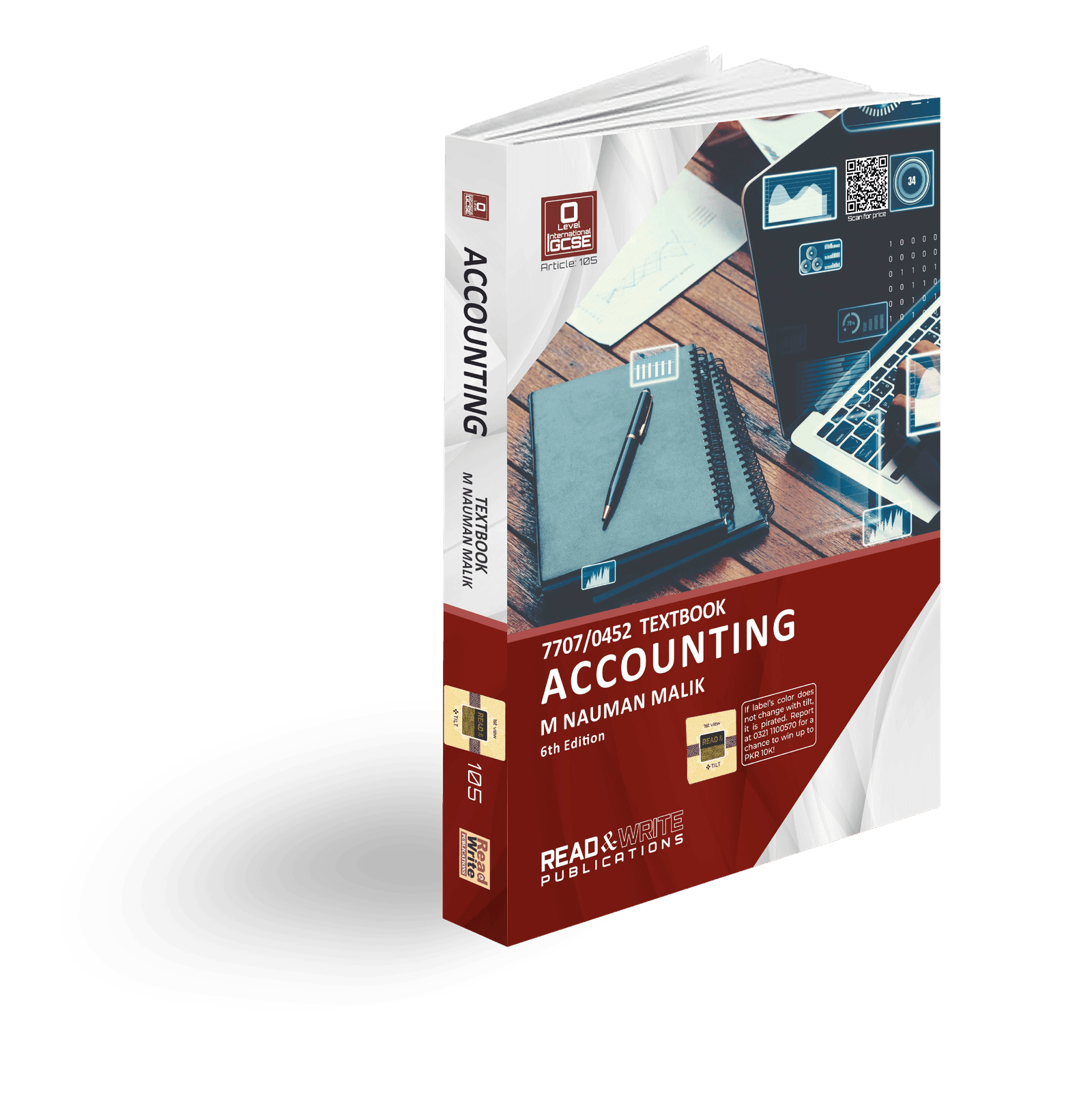
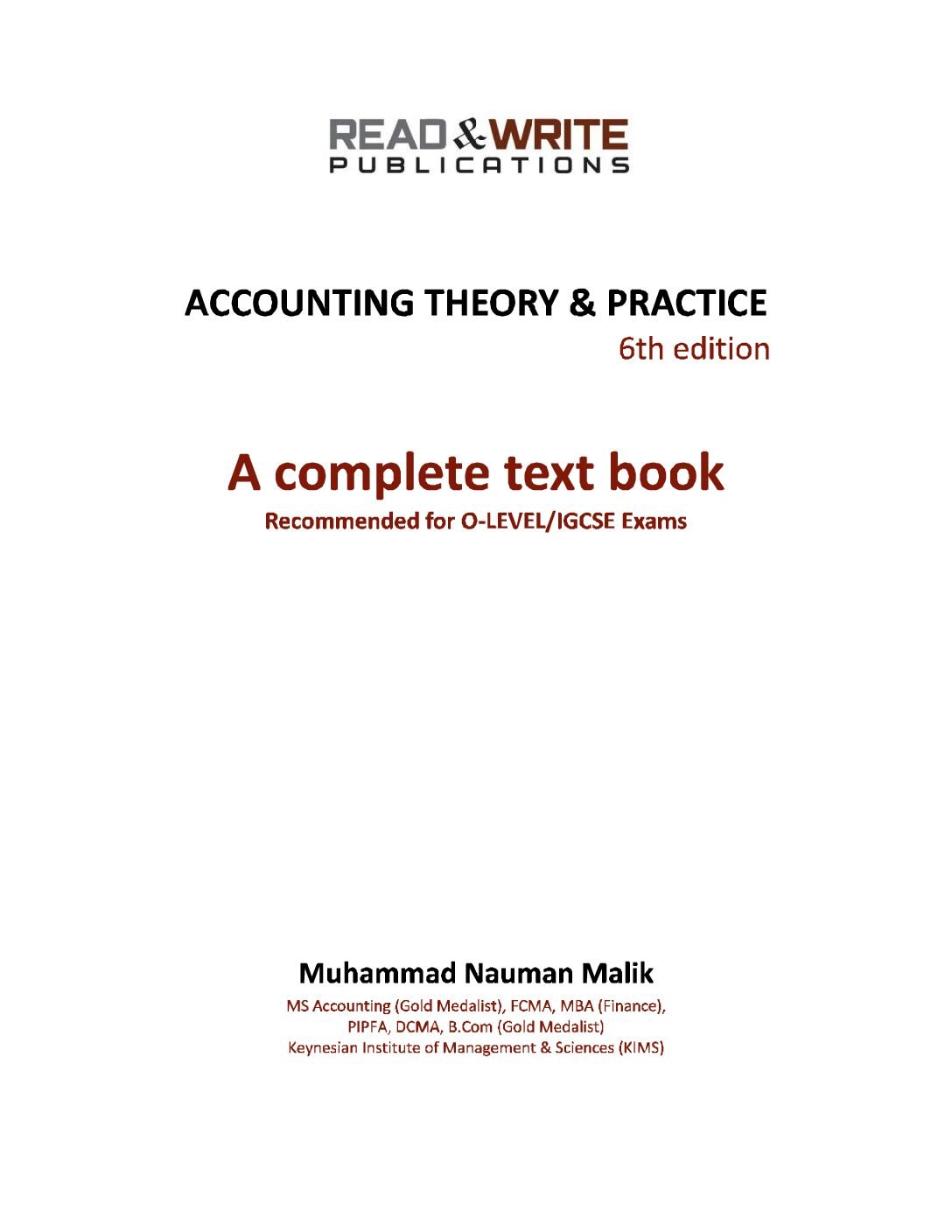
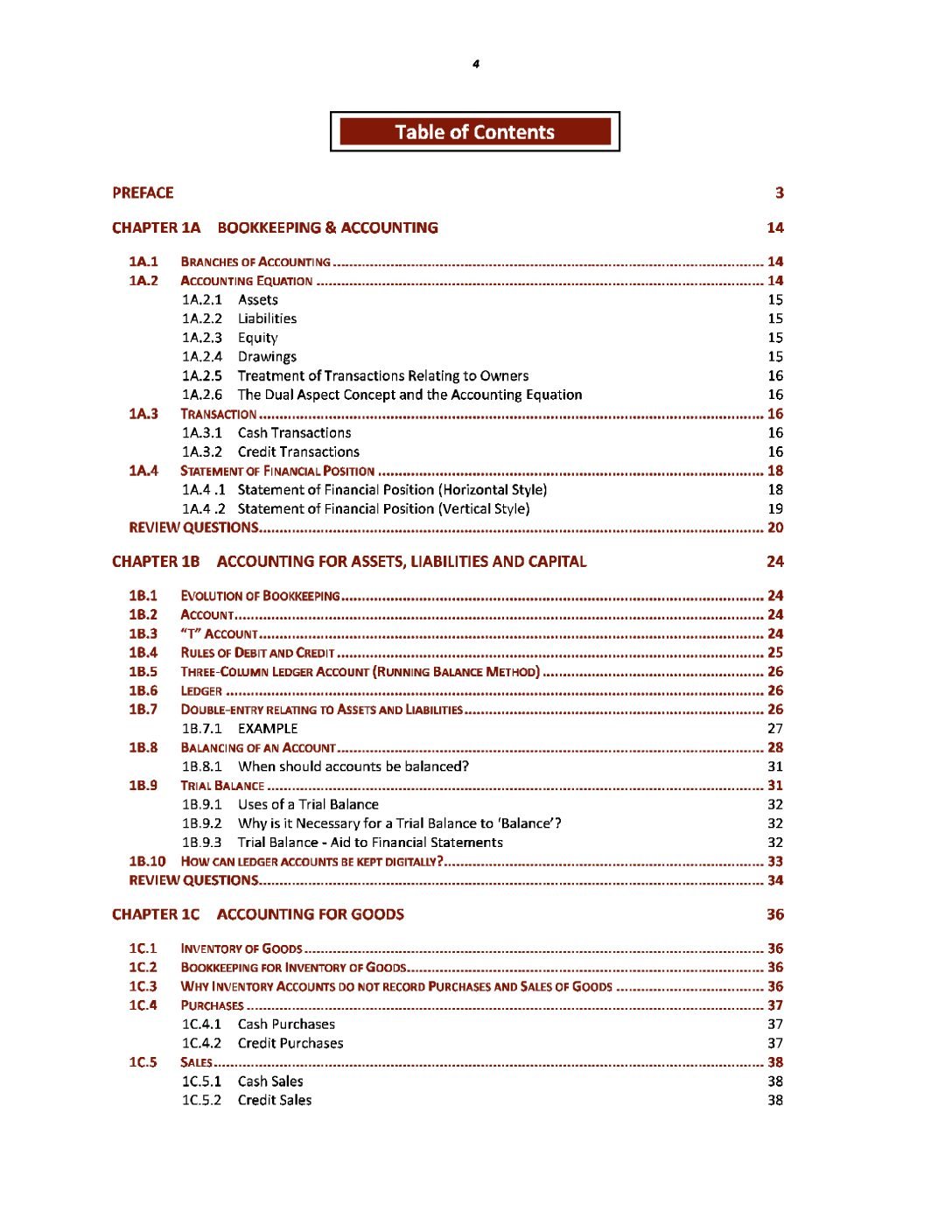
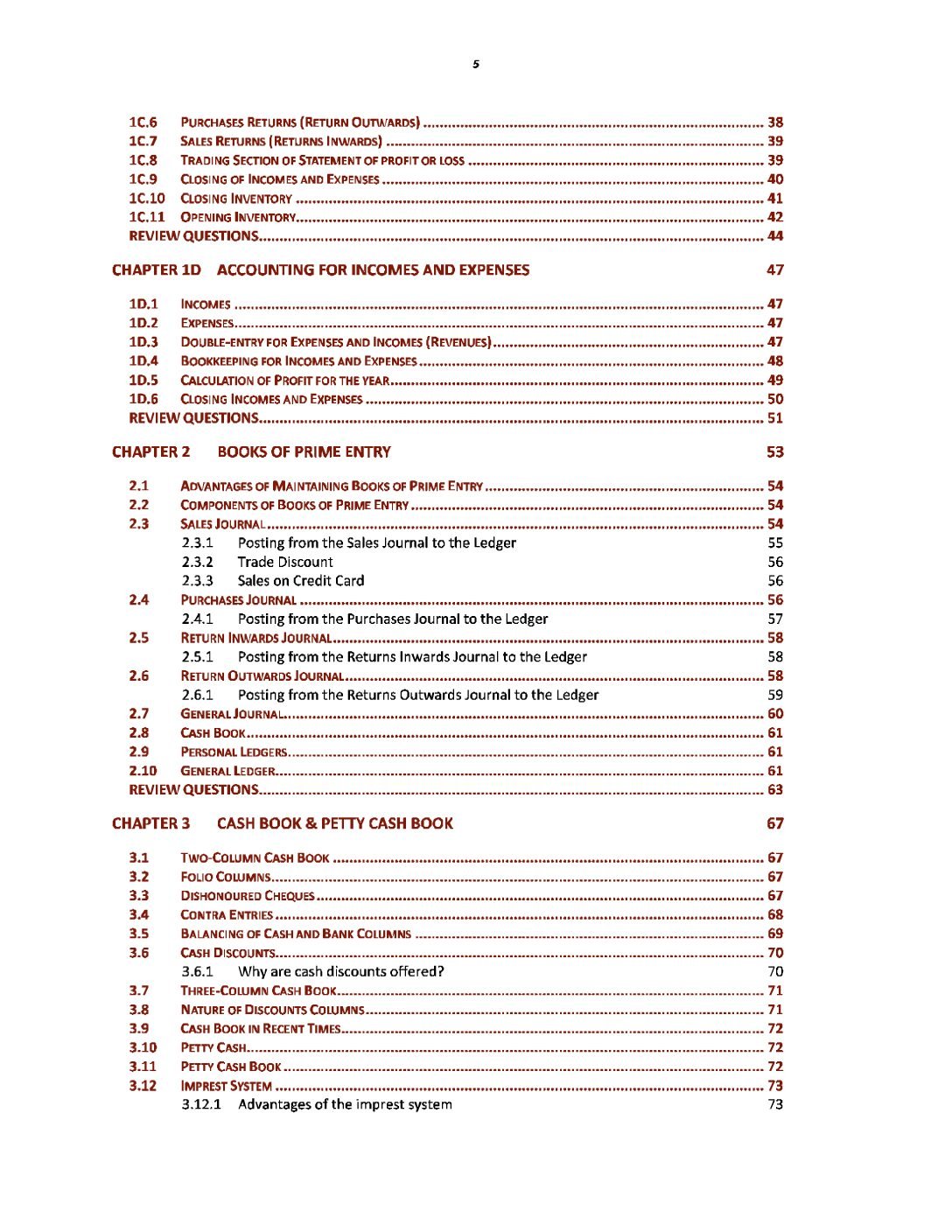
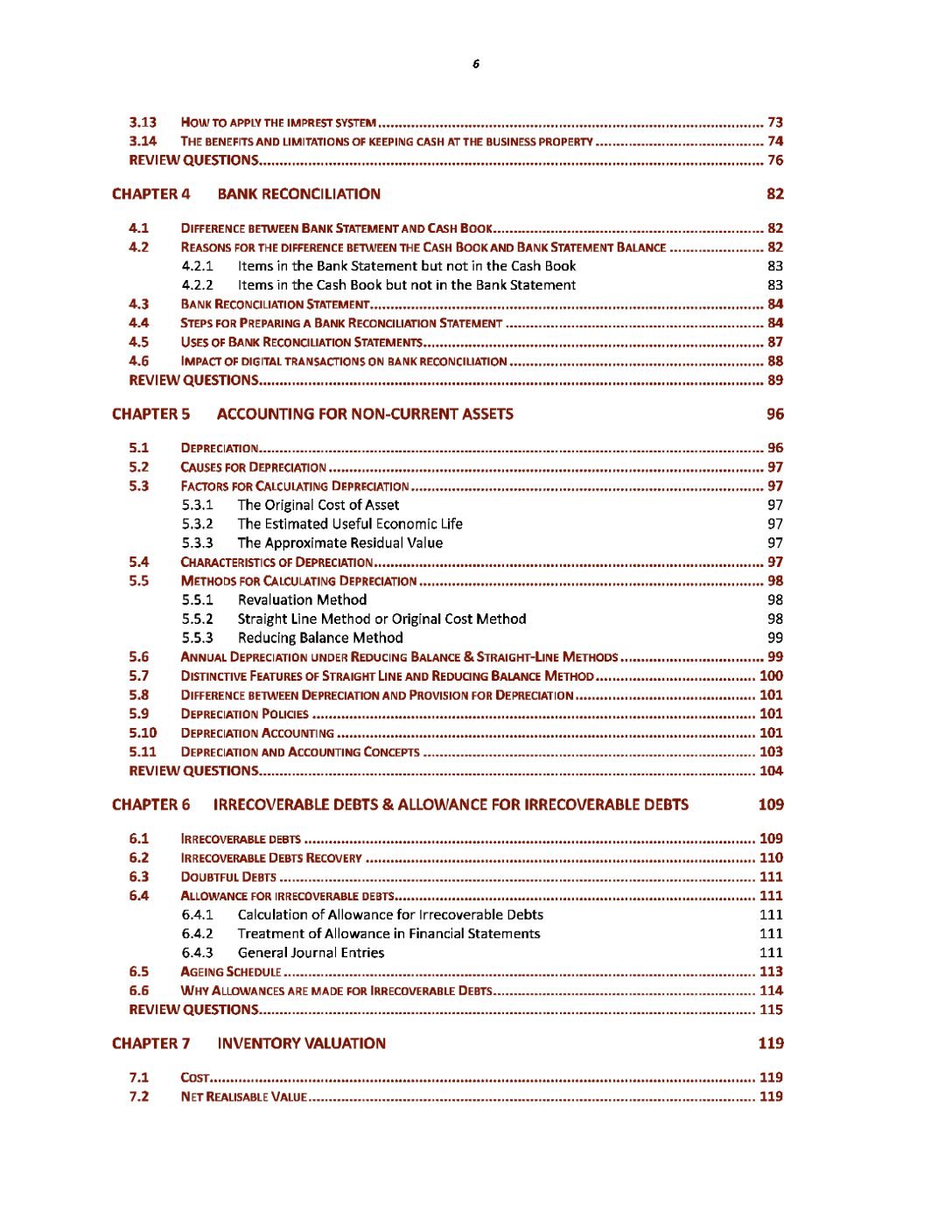
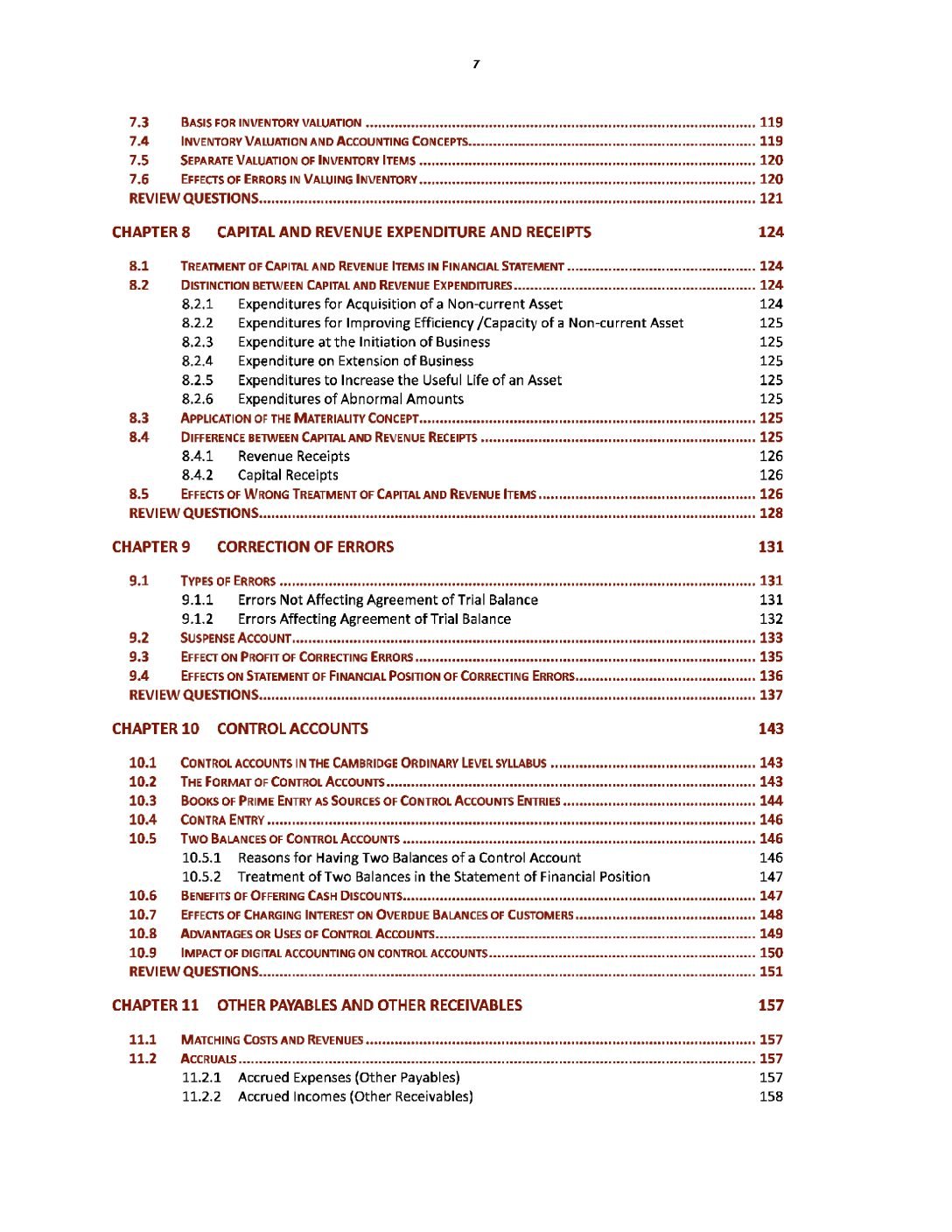
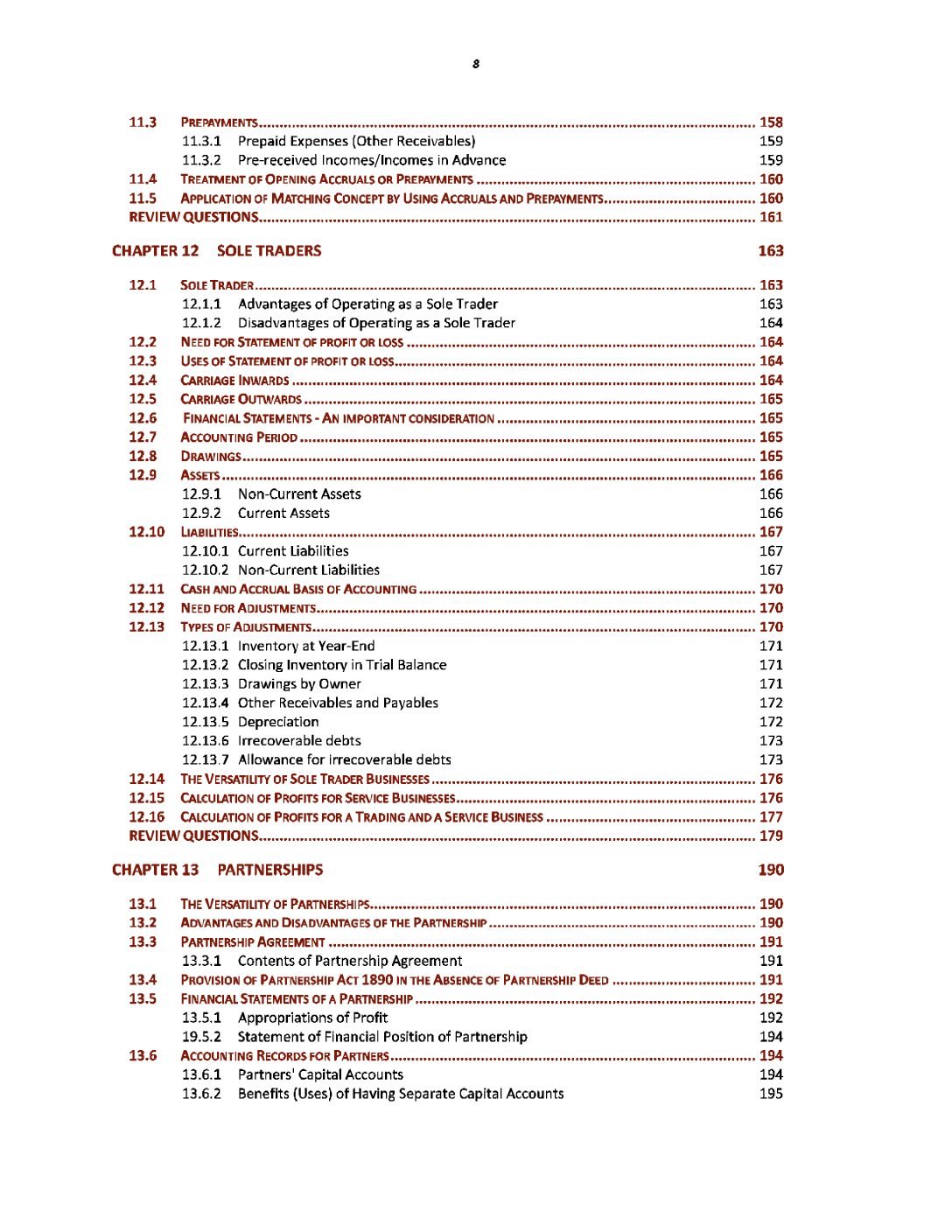
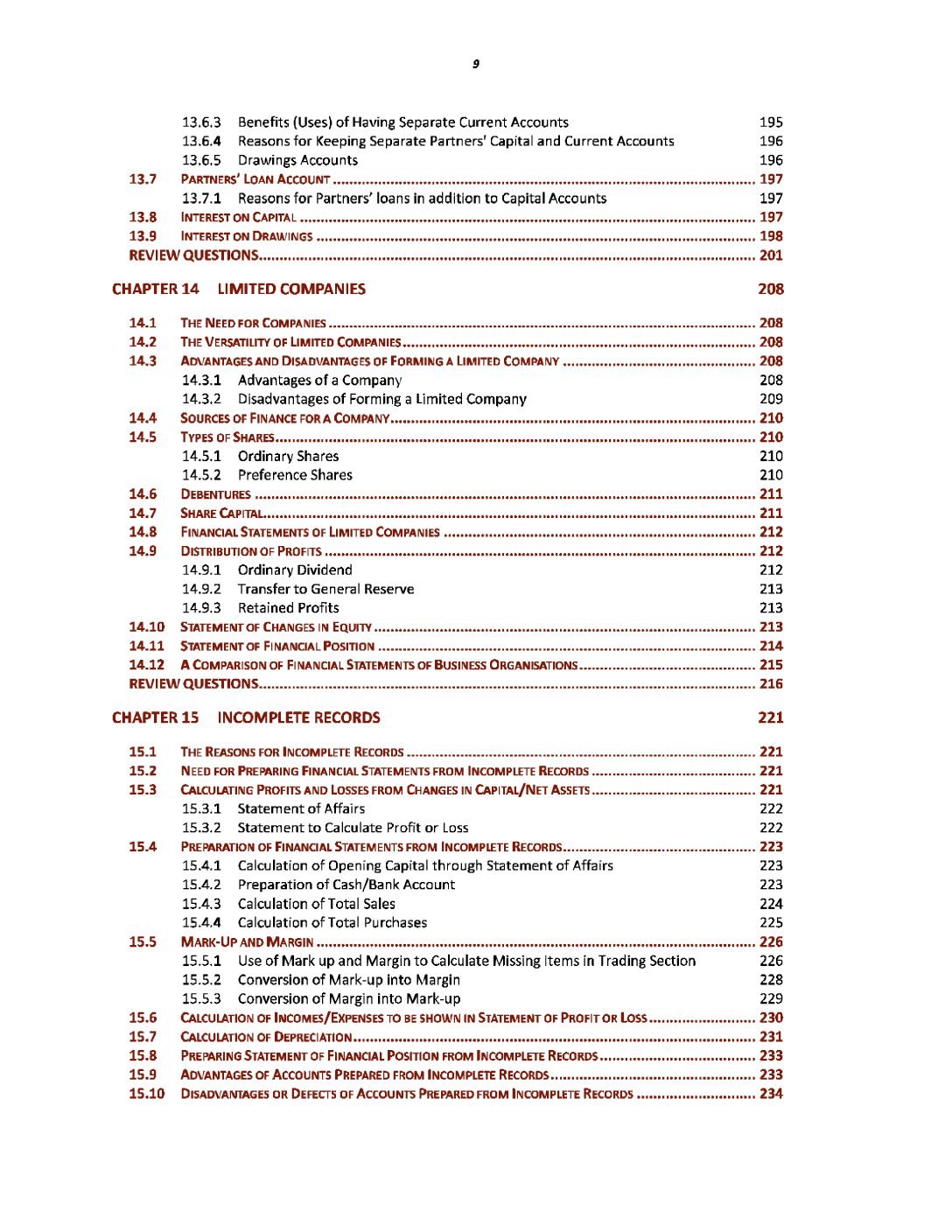

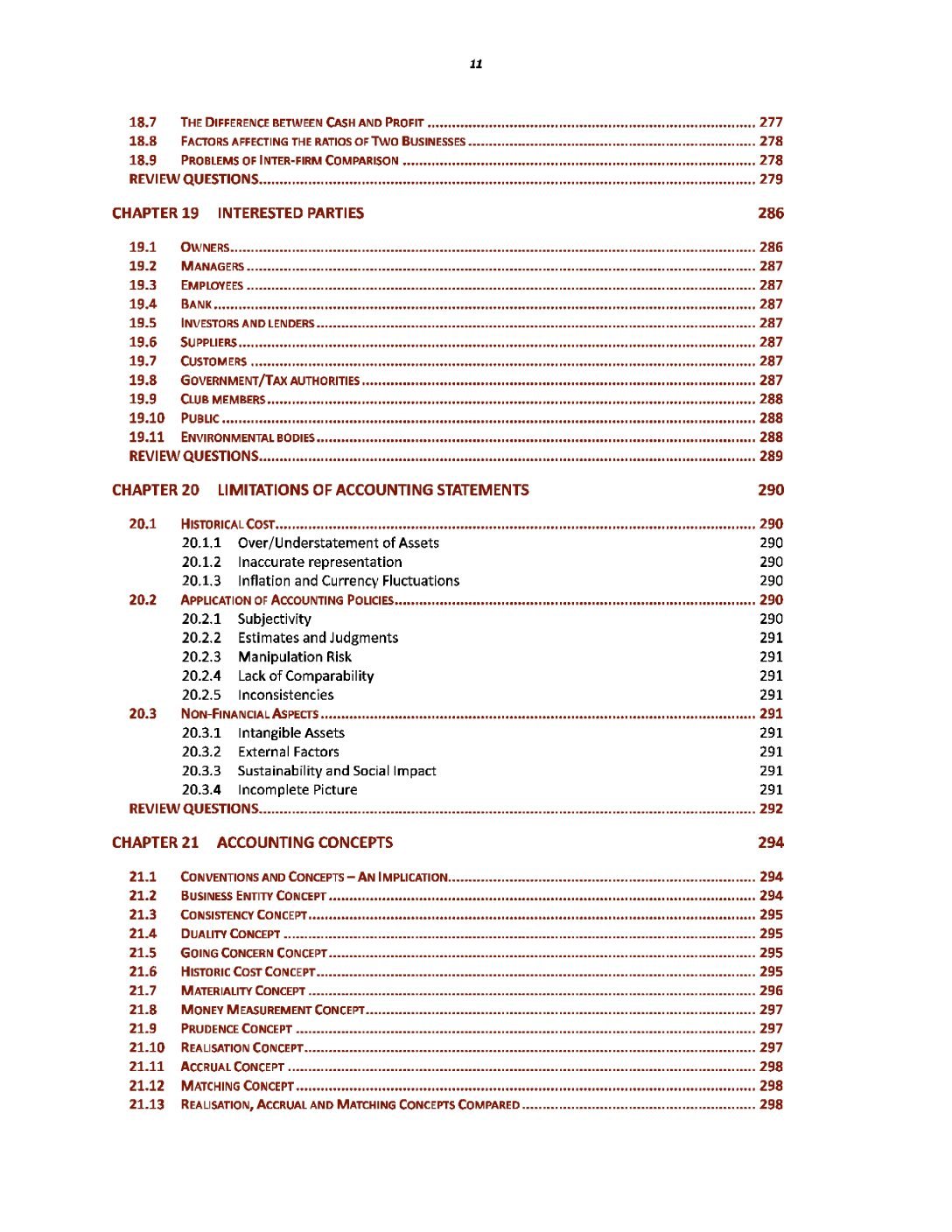
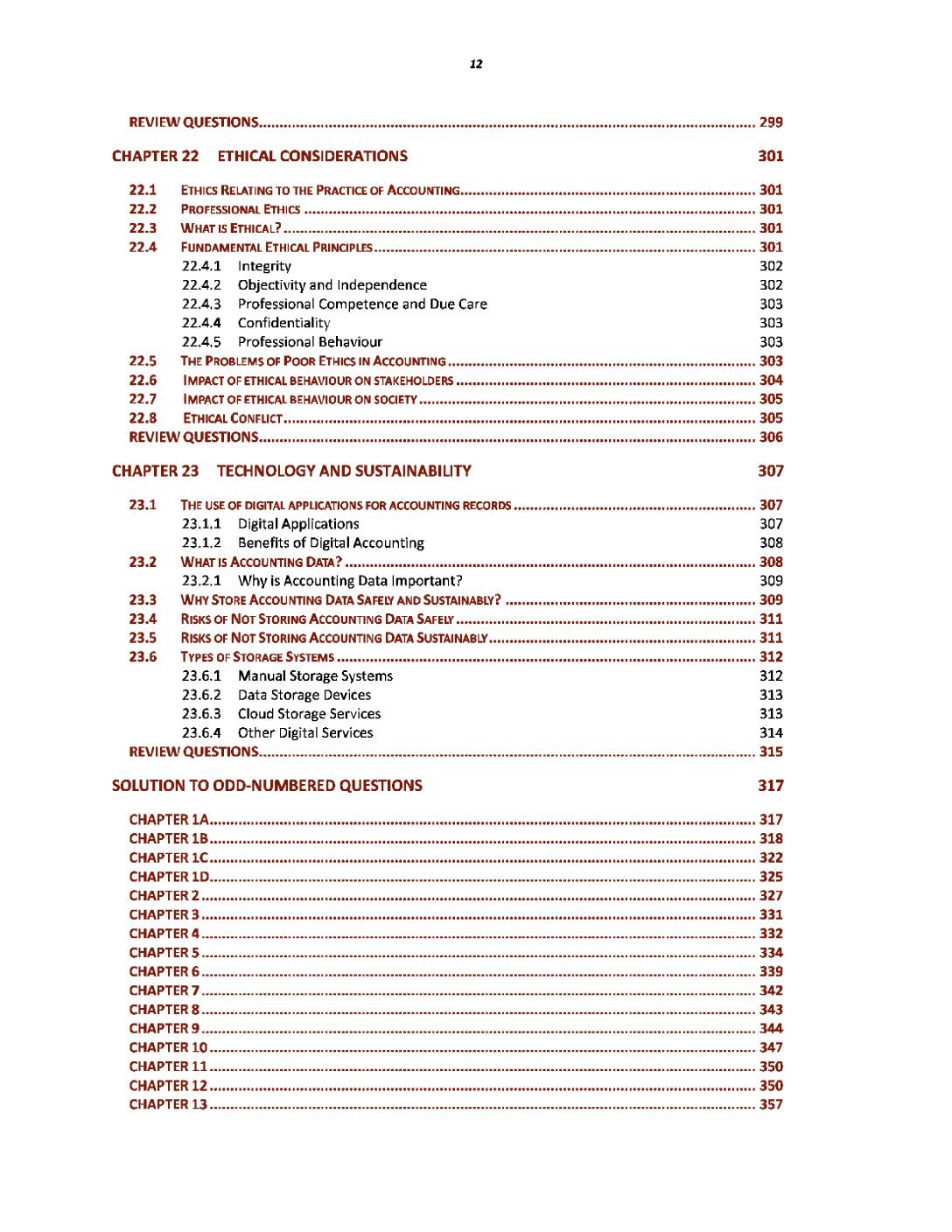
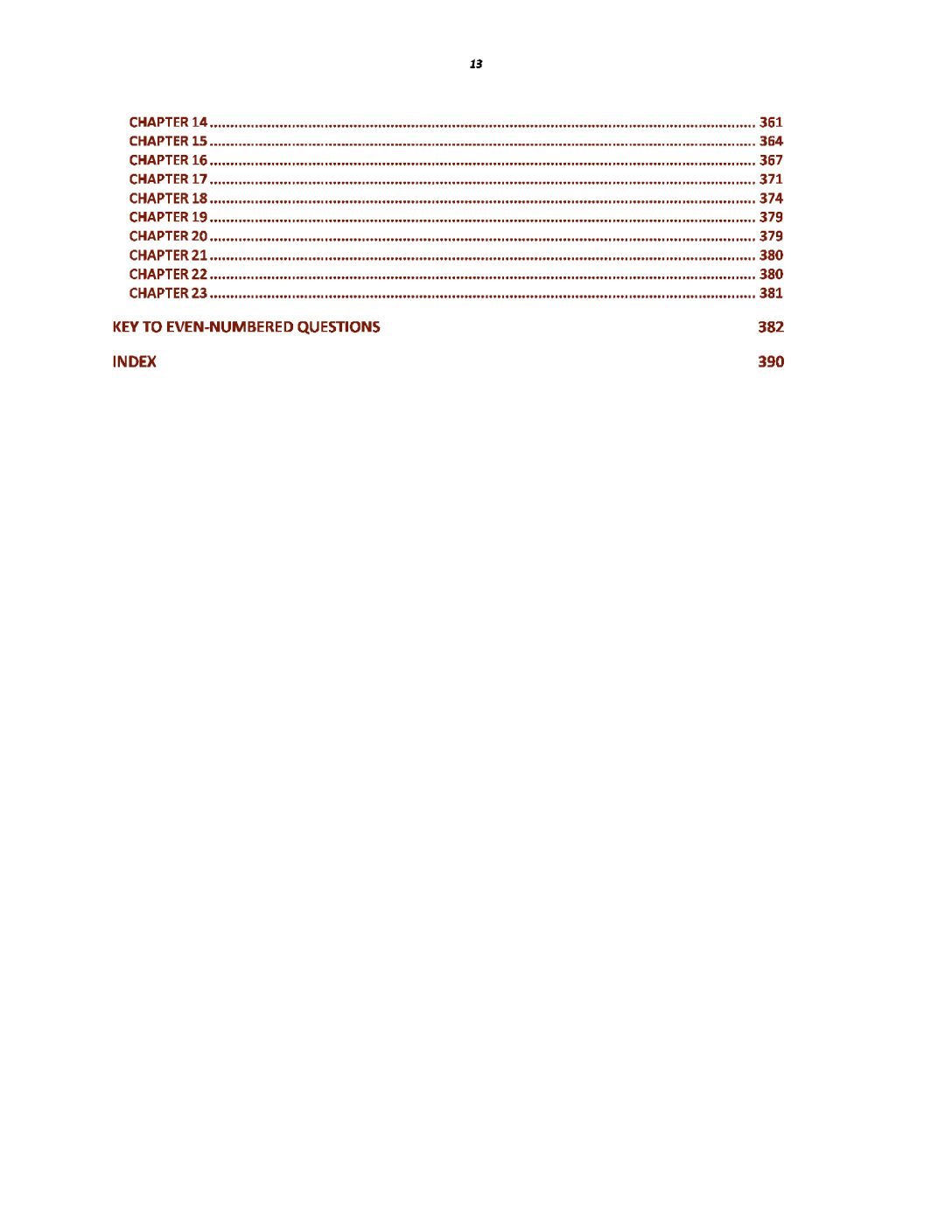
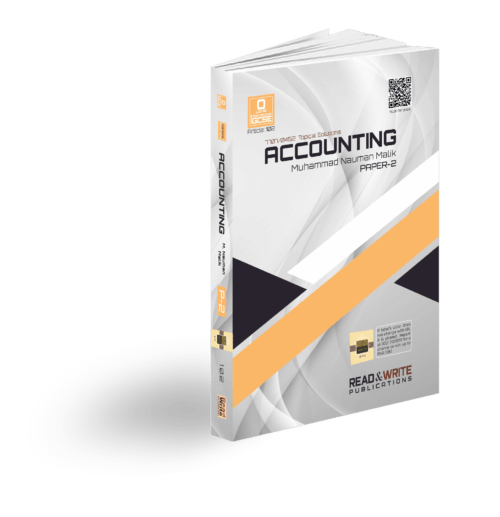
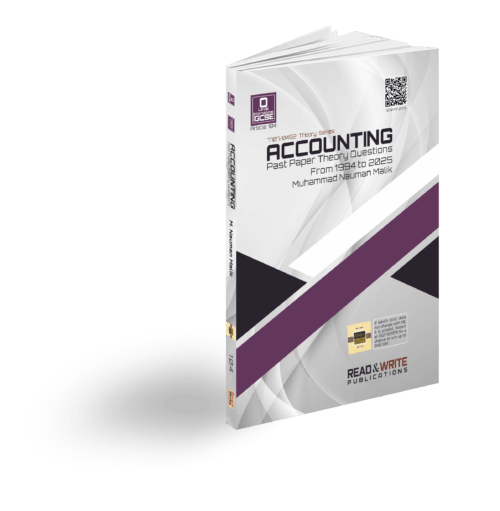

Reviews
There are no reviews yet.